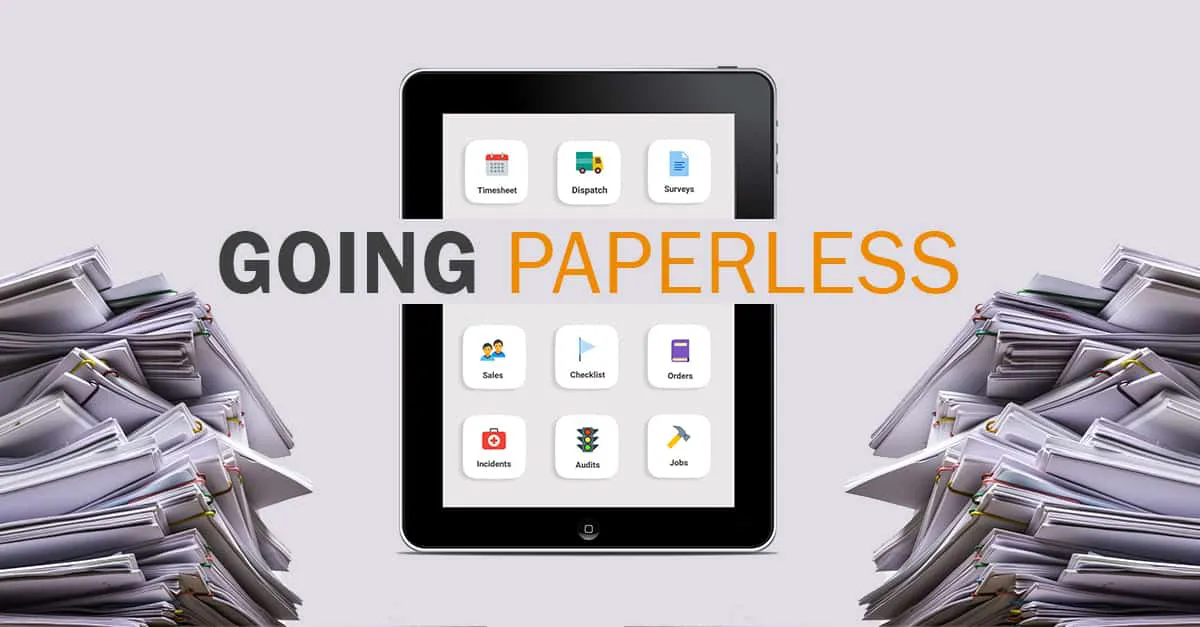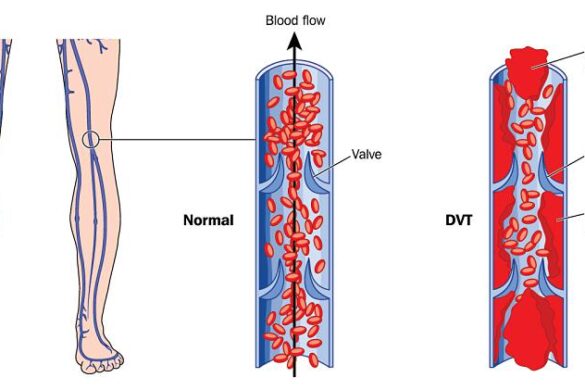Key Takeaways:
Adopting a paperless document management system enables accountants to improve productivity, minimize errors, enhance security, and deliver responsive service to clients. With the right digital processes and tools, accountants can streamline workflows, strengthen compliance, and support business growth.
Table of Contents:
- Introduction
- The Benefits of Paperless Document Management
- Strategies for Streamlining Digital Workflows
- Organizational Tips for Efficient Digital File Management
- Security and Compliance in Digital Document Management
- Training and Team Collaboration

Introduction
The accounting profession is evolving rapidly as technology redefines, manages, and shares financial information. Increasingly, accounting offices are moving away from stacks of paper and embracing digital tools that help them organize, access, and safeguard their files. Transitioning to paperless document management is more than a trend—it’s a move toward greater efficiency, better security, and enhanced client service. When accountants adopt practical digital practices, they open doors to faster workflows, improved accuracy, and more professional client interactions.
The Benefits of Paperless Document Management
Managing paperwork in a traditional office can be overwhelming. Files can be misplaced, duplicate copies may lead to confusion, and locating necessary records consumes valuable time. By switching to a digital environment, accountants can store, retrieve, and organize documents with just a few clicks. This approach drastically cuts down on physical storage needs while reducing the risk of human error. In the fast-paced world of finance and tax, instant access to files can be a significant advantage. This is especially true in specialized areas such as document management for tax professionals, where precise and secure handling of records is essential.
Another benefit of digital document management is greater mobility. Accountants can use secure cloud-based platforms to work from anywhere, whether supporting clients during tax season or preparing financial reports from a remote office. Quick file sharing with colleagues or clients saves time and fosters more effective collaboration. Furthermore, digital solutions make it easier to maintain complete records, which supports transparency and audit readiness.
Building on the idea of seamless collaboration and efficient record-keeping, modern document management software can offer capabilities far beyond basic file storage. These comprehensive platforms can facilitate secure sharing and real-time collaboration on sensitive documents, allowing multiple users to work concurrently with features like integrated comments and annotations. Teams can also leverage workflow automation to streamline approvals and task assignments, ensuring that critical financial processes move forward without delay.
Strategies for Streamlining Digital Workflows
Achieving paperless success requires strategic planning. It’s vital to evaluate current processes and identify tasks that can be automated or digitized. A successful strategy begins with consolidating document intake, ensuring all paperwork is received digitally whenever possible, through client portals or secure email systems. Once the digital collection is in place, standardized naming conventions and folder structures should be developed to ensure consistency. This makes locating and sharing files quick and reliable.
Automation tools play a huge role in streamlining daily tasks. Accountants should explore options to automatically capture and categorize incoming documents, such as expense receipts, invoices, and statements. Connecting document management platforms with accounting and tax preparation software eliminates double data entry and reduces the risk of mistakes. Regular backups and automatic updates keep information secure and current, while reminders and task trackers help ensure no step is overlooked in the preparation or review process.
Organizational Tips for Efficient Digital File Management
Organization is the heart of an effective digital document system. Start by developing a logical folder hierarchy tailored to the types of files most commonly used in accounting, such as tax returns, supporting documents, and client correspondence. Within each main folder, create subfolders by client, year, and document type. Naming files consistently—using client names, dates, and specific descriptors—will make searches faster and more reliable.
Maintaining an up-to-date index, e.g., a searchable spreadsheet or a dedicated indexing feature within your software, provides an easy reference for finding docu. Reviewing digital files at times ensures outdated or duplicate records are archived or deleted appropriately. By dedicating time to maintaining order and clarity within your digital storage, accountants can always feel confident that any document is just moments away, even under tight deadlines or during busy filing seasons.
Security and Compliance in Digital Document Management
Digital documents must be protected from unauthorized access while available to the appropriate stakeholders. Practical paperless systems incorporate multiple layers of security, such as user authentication, encryption, and permissions-based access. Confidential financial data, client identification information, and sensitive tax forms must all be handled with utmost care. Adhering to relevant regulations and industry standards, like those enforced by national or regional bodies, is vital for every firm.
Regularly updating passwords, setting mandatory user permissions, and maintaining audit trails that log access or changes are smart steps for enhancing data safety. Secure backups, both in the cloud and in physical off-site locations where needed, assure continuity during hardware failure or other disruptions. Accountants should also stay informed about current best practices for digital security, adapting their routines when standards or technologies evolve. These efforts minimize the risk of data breaches and support compliance with recordkeeping obligations.
Training and Team Collaboration
With the digital transition, ongoing training ensures that every team member understands how to use document management systems effectively. Training should include the basics of uploading, sorting, and searching for files, as w anding on security, compliance, and data privacy procedures. As new tools and updates are introduced, keeping everyone up-to-date is essential for consistency and efficiency.
Collaboration flourishes in a paperless environment. Digital platforms allow multiple users to view, comment on, and update documents in real time, making teamwork on complex returns or audits smoother. Setting up shared calendars, assigning document review workflows, and using built-in communication features helps coordinate activities and reduce miscommunication. Encouraging feedback allows teams to refine processes and ensures everyone feels invested in building the most efficient and user-friendly system possible.
Summing it all up
The journey to paperless document management is a powerful opportunity for accounting professionals to elevate their client service and internal organization. Leveraging digital systems streamlines daily operations, enhances security, and supports compliance, making work more agile and enjoyable. By methodically adopting and refining digital practices—from organization and security to training and collaboration—accountants ensure every document is accessible, safe, and well-managed. As more firms embrace these strategies, paperless success becomes the new standard for high-performance accounting.








